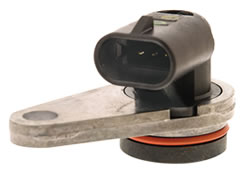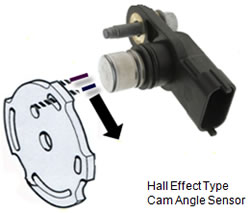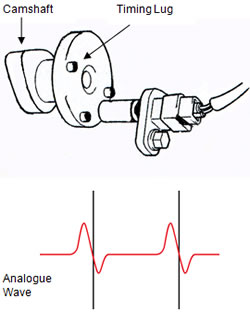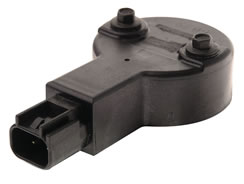
|
|
|
|
Archived News Camshaft Position Sensors - It's all in the timing?
With the introduction of sequential fuel injection and variable cam timing on the later production vehicles, it is essential that the crankshaft and camshaft or multiple camshafts are monitored by the ECU for rotation and position to ensure all the systems function correctly. The camshaft position sensor signals to monitor the camshaft movement used for various systems controlled by the ECU, can vary from vehicle to vehicle and even model to model. For diagnostic reasons the special functions for this signal needs to be identified for each individual vehicle being tested. This may range for the purpose of sequential fuel injection timing only or may include the requirements for ECU triggered ignition coils and if applicable, monitoring for variable cam / valve timing control. Location, Location, Location. The location/s of the camshaft position sensor will generally vary depending on the valve train configuration and the requirements of the control system.
These sensors may be generally located at the front or rear areas of the camshaft. The BF/FG Falcon 6 Cyl utilises 2 units at the rear of the cylinder head.
The VZ/VE Commodore 3.6 Alloytech utilises 2 units at the front, one for each inlet camshaft. The VZ/VE Commodore 3.6 Alloytech 190 utilises 4 units at the front, one for each camshaft. Give us a wave The most common digital cam sensors will generally create a square wave output signal due to hall effect operation. Not so common is the square wave signal from an optical sensor. The inductive pulse generator cam sensor creating an analogue wave signal is another commonly used means of camshaft monitoring. Why get phased about Cam sensors? Due to the various engine requirements for the Cam angle sensor signals, a general system malfunction is not applicable as the engine performance will vary depending on the make, model and systems utilising these signals. i.e Many vehicles with a signal malfunction may prevent the engine from starting or create an engine cut-out condition when running. On others, this would just create a limited or modified engine operating condition. Most of the signal malfunctions would generally be logged as a fault code but beware! It is not always the cam angle sensor that is at fault. Many a technician has unsuccessfully renewed the cam sensor only to find that:
These are testing times Renewing the cam sensor is generally a simple task as many are secured in a position that cannot be altered and no requirements for timing or phasing, BUT there are of course exceptions. Beware before removal (e.g. AU Falcon V8) with a simple removable cam sensor located on a synchroniser (similar to a distributor). The removal and replacement of the cam sensor creates no problem but the removal and timing of the synchroniser has to be carried out for correct fuel injection phasing.
|
Archived News
Understanding EGR Systems (Pt 1) |
| privacy statement terms of use terms and conditions sitemap news |  |







